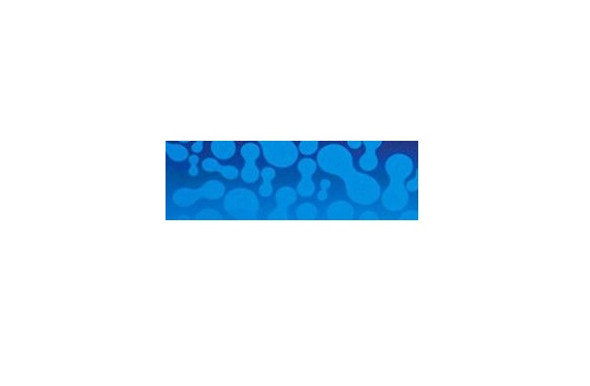Description
Recombinant Human IL-36 Receptor Antagonist Protein/IL-36RN/IL-1F5 | PKSH033872 | Gentaur US, UK & Europe Disrtribition
Synonyms: Interleukin-36 Receptor Antagonist Protein; FIL1 Delta; IL-1-Related Protein 3; IL-1RP3; Interleukin-1 HY1; IL-1HY1; Interleukin-1 Delta; IL-1 Delta; Interleukin-1 Family Member 5; IL-1F5; Interleukin-1 Receptor Antagonist Homolog 1; IL-1ra Homolog 1; Interleukin-1-Like Protein 1; IL-1L1; IL36RN; FIL1D; IL1F5; IL1HY1; IL1L1; IL1RP3
Active Protein: Active protein
Activity: Recombinant Human Interleukin-36 Receptor Antagonist Protein is produced by our E.coli expression system and the target gene encoding Val2-Asp155 is expressed.
Protein Construction: Recombinant Human Interleukin-36 Receptor Antagonist Protein is produced by our E.coli expression system and the target gene encoding Val2-Asp155 is expressed.
Fusion Tag: N/A
Species: Human
Expressed Host: E.coli
Shipping: This product is provided as lyophilized powder which is shipped with ice packs.
Purity: > 95 % as determined by reducing SDS-PAGE.
Endotoxin: < 1.0 EU per µg as determined by the LAL method.
Stability and Storage: Generally, lyophilized proteins are stable for up to 12 months when stored at -20 to -80℃. Reconstituted protein solution can be stored at 4-8℃ for 2-7 days. Aliquots of reconstituted samples are stable at < -20℃ for 3 months.
Molecular Mass: 16.8 kDa
Formulation: Lyophilized from a 0.2 μm filtered solution of PBS, pH 7.4.
Reconstitution: Please refer to the printed manual for detailed information.
Background: Human Interleukin-36 Receptor Antagonist (IL-36RN) is a secreted protein which belongs to the Interleukin 1 cytokine family (IL-1 family). IL-36RN is predominantly expressed in keratinocytes but not in fibroblasts, endothelial cells or melanocytes. IL-36RN is also detected in the spleen, brain leukocyte and macrophage cell types. Increased in lesional psoriasis skin. IL-36RN is a highly and a specific antagonist of the IL-1 receptor-related protein 2-mediated response to Interleukin 1 family member 9 (IL1F9). Dysregulated expression of novel agonistic and antagonistic IL-1 family member ligands can promote cutaneous inflammation, revealing potential novel targets for the treatment of inflammatory skin disorders. Human and mouse IL-36RN share 90% sequence identity.
Research Area: immunology






